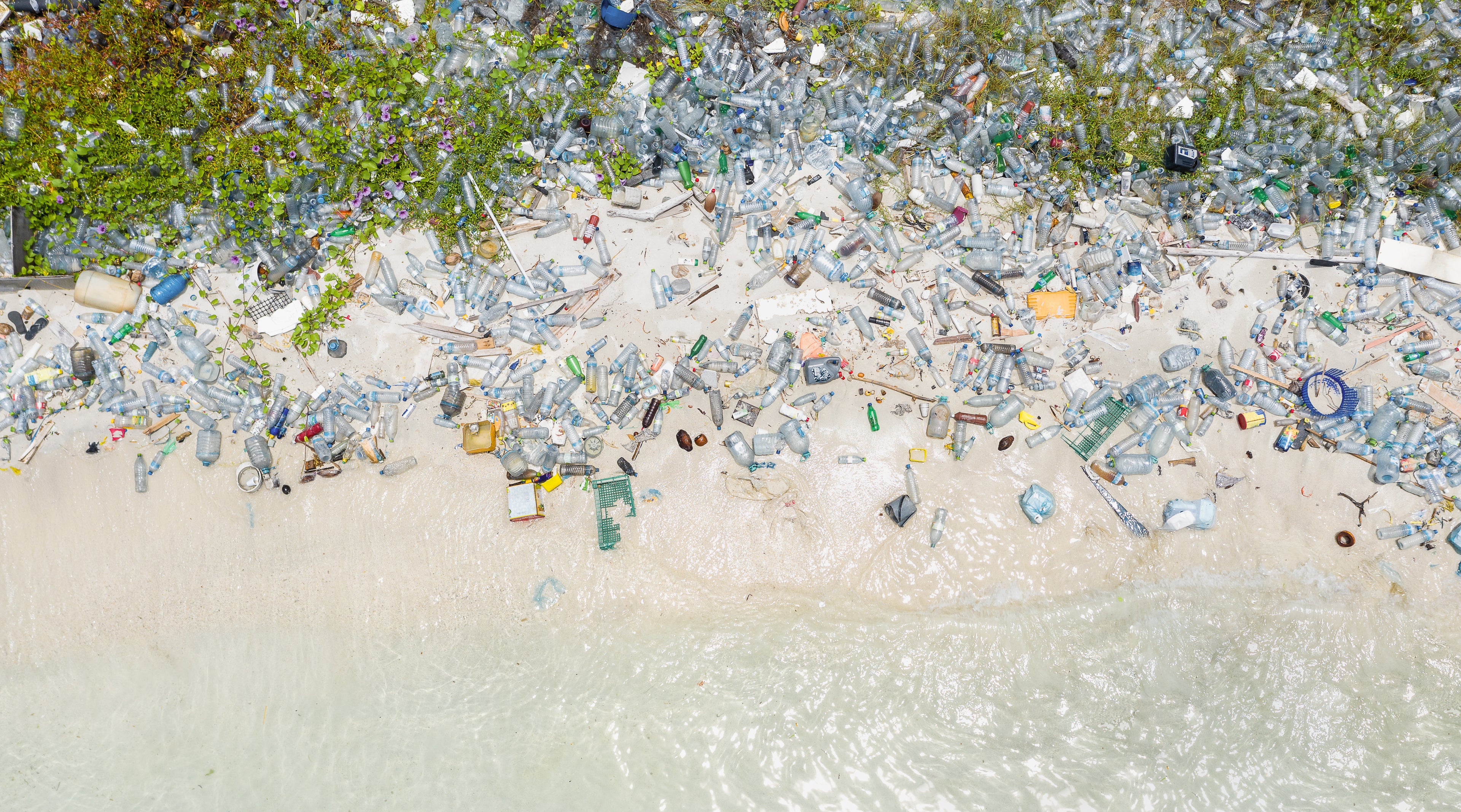Creating products with recycled ocean plastic is a phenomenal way to reduce your carbon footprint, shrink your supply chain, and help the environment. But manufacturing things with this recycled material isn’t exactly the same as using a virgin resin.
Before flipping the switch and converting wholesale to using recycled ocean plastic, here are four key tips to ensure a seamless transition.
Smooth it out
Tight cornering is great for race cars, but it can cause plenty of trouble for manufacturing with injected materials. Severe right angles and any part of the mold where material can’t flow freely has a tendency to generate excess heat during the manufacturing process.
This extra warmth can spell trouble for finely-tuned tooling and compromise product quality. It can deform molds and tooling over time, resulting in poor production runs generating goods that might end up being scrapped, recalled, or rejected by downstream customers.
Any injection-molded part made with recycled ocean plastics should be thoroughly evaluated and tested by the design team. They should pay particular attention to the melt-flow-index (MFI) of various ocean plastics. These not only differ from each other, but also from traditional virgin feedstocks.
Invest some time in upfront quality control and attention to detail, thoughtful, quality product design, and sensible tooling. This upfront effort should result in the consistent generation of high-quality goods from recycled ocean plastic sources.
Beef it up
If you were already manufacturing plastic products and are now making (or considering) a transition to relying on recycled ocean plastics, there’s a possibility that ocean plastic may not be quite as sturdy as what you’re accustomed to. Pieces and parts made from virgin plastic might have withstood the rigors of usage but, depending on the material, some products made with recycled ocean plastic may require thicker, stronger, and sturdier parts.
For example, products made from virgin polycarbonate (PC)—or even tooling itself made from that plastic—might require some augmentation when creating them from recycled ocean plastic. In some cases, this may require modifying or replacing tooling to accommodate the new, thicker dimensions these new parts require.
The design team should run some tests using recycled ocean plastic and your current tooling, checking to make sure the products made from recycled material using the same designs are strong enough and not too flexible or brittle. If they’re not up to snuff, some quick design modifications can address the weak points, ensuring the transition to recycled ocean plastics doesn’t impact customers or the company’s reputation.
Try before you bulk buy
Just like you don’t paint an entire room without putting up a sample to see how it looks, companies shouldn’t rush into manufacturing a large number of goods without first doing a little sampling. You’ll want to get your hands on a small amount of your potential feedstock and then run the material through any available test tooling available at your manufacturing locations.
It’s a good idea to actually test drive a few different options to ensure it meets your expectations and requirements. It’s also helpful to know if this new raw material source will require any modifications to the overall operation and manufacturing process. If it turns out you do need a few tweaks, it’s better to understand that ahead of time to prepare your production line and staff for the anticipated adjustments.
Oceanworks makes it easy to follow this best practice for switching to recycled ocean plastic. We have 10kg sample amounts available for purchase and quick delivery. After running a few different samples through your testing, you’ll have a much better understanding of how they each behave. This enables a more informed purchase decision and gives you time to make any accommodations in the production process or product design before you ramp up.

Swatch it up
For companies utilizing fabric or textile products created with recycled ocean plastics, a picture on a web site and a brief description of attributes isn’t enough information. But there’s no reason to just place a bulk order and hope it pans out.
Before committing to a large order and manufacturing goods with these materials, you need to get hands-on. You can do this by requesting swatches and fiber samples ahead of time.
You’ll get an accurate sense of how the materials feel when you touch and hold them, how they stretch, their resistance to punctures and tears, ease of cutting and stitching, and whatever other qualities matter for your specific goods.
If you’re entertaining different products from the Oceanworks Marketplace, you can easily request swatches and fiber samples. Get them into your shop and design facilities, then put them through a thorough audition before making a commitment.

Embrace trial and error
Switching to recycled ocean plastics is almost always worth the effort. With a little upfront homework and testing, manufacturers can get a handle on what must change to ensure long-term success. Take a rigorous approach to assessing everything, from colors to pliability, so everyone goes into this transition with open eyes and a comprehensive plan for victory.
To learn more about what recycled ocean plastics are available near your facilities, check out the Oceanworks Marketplace.
